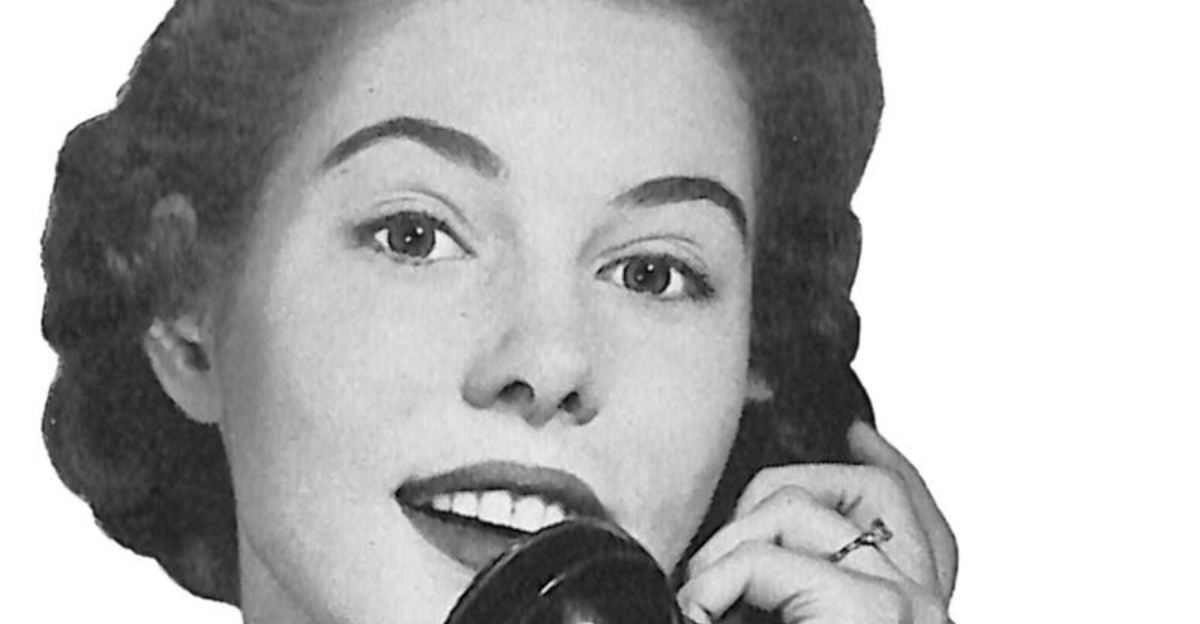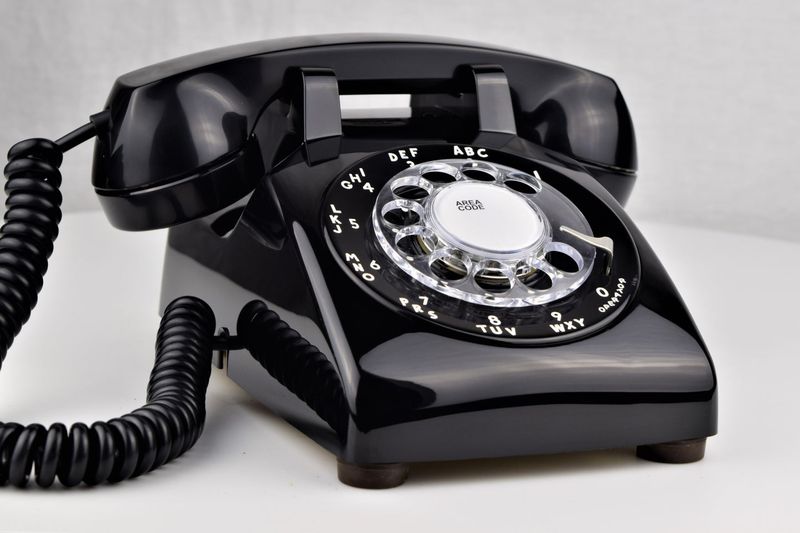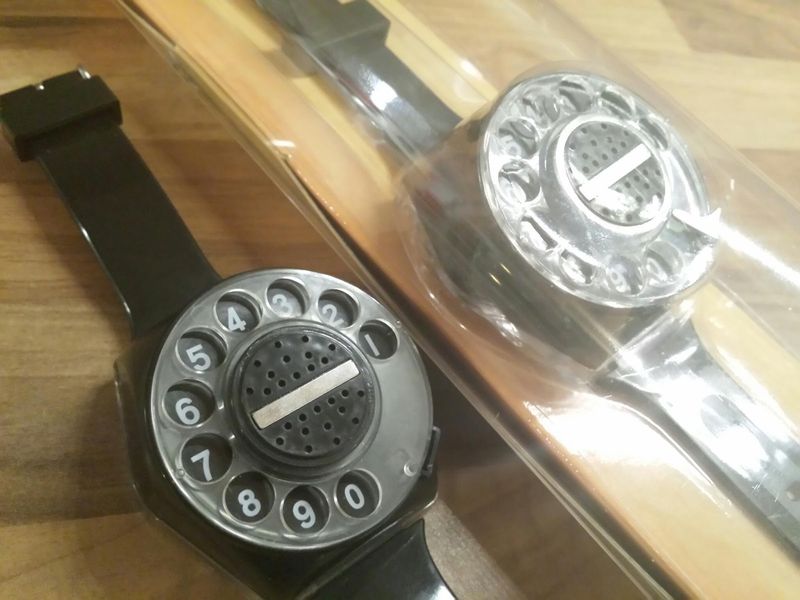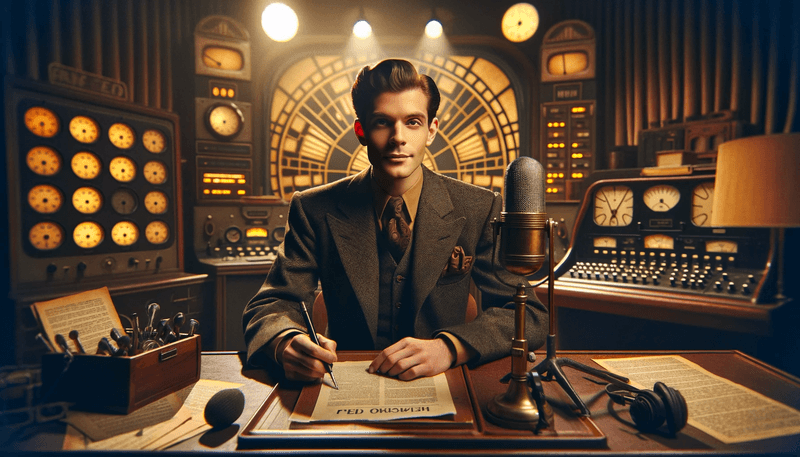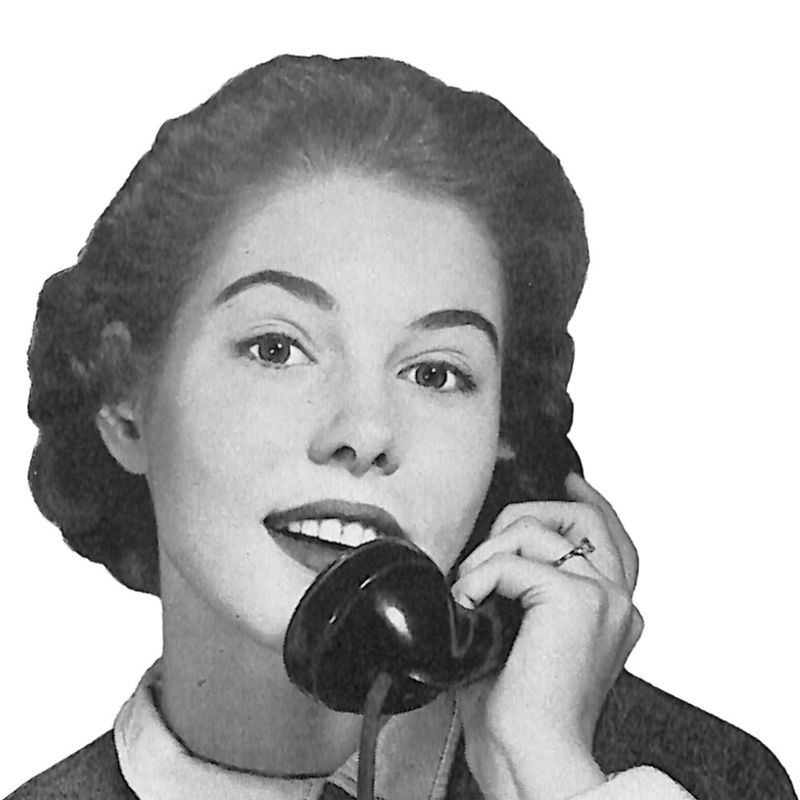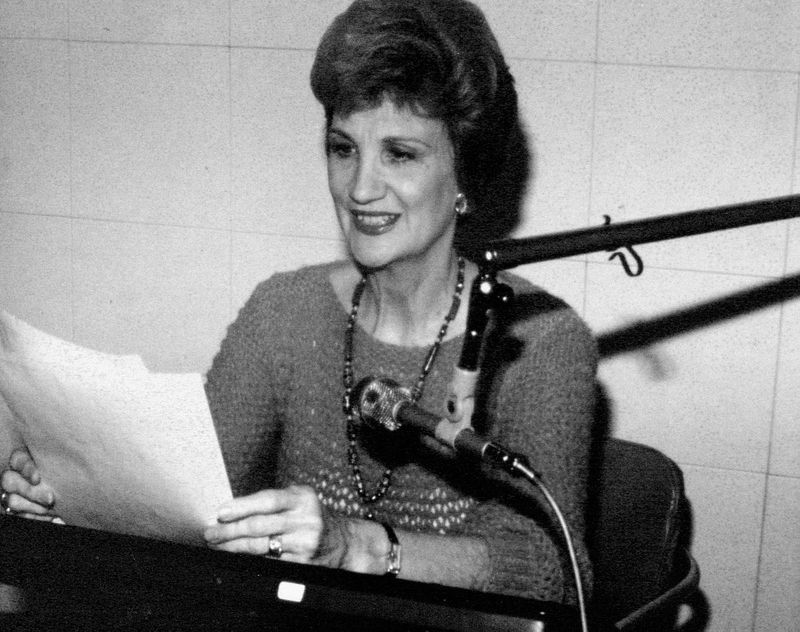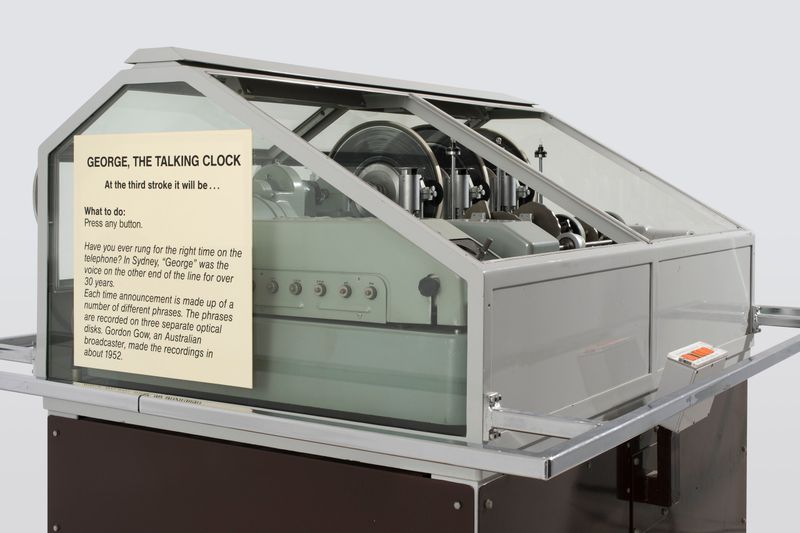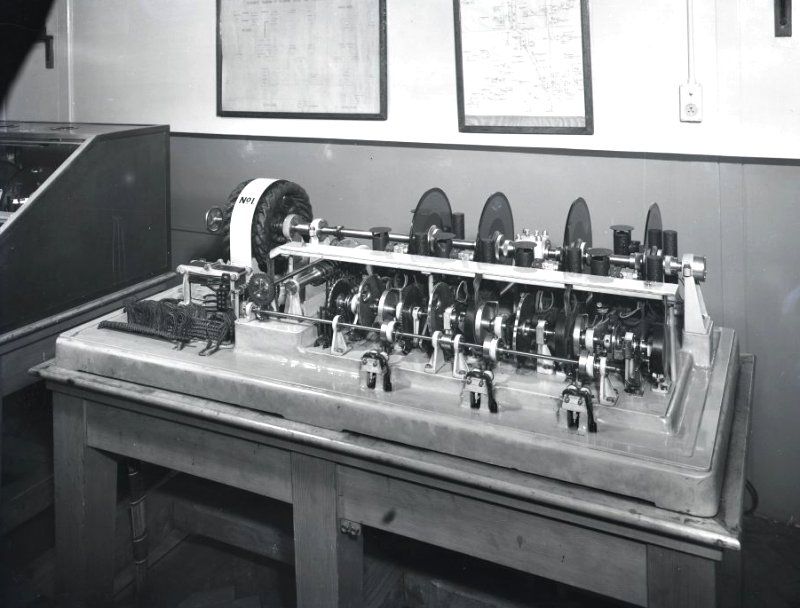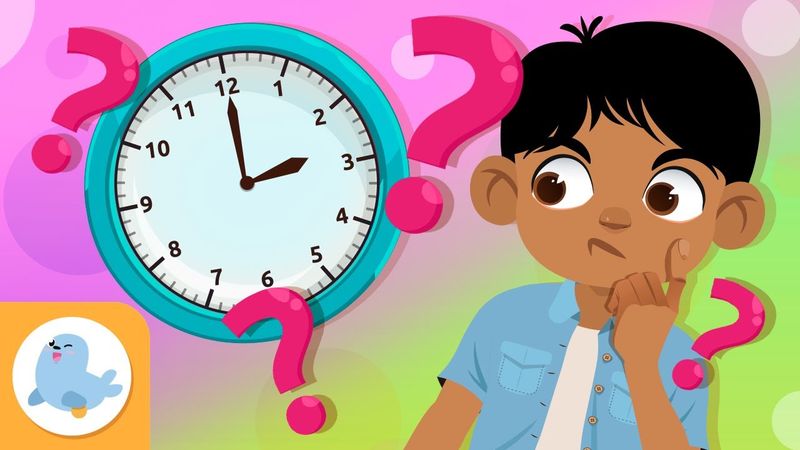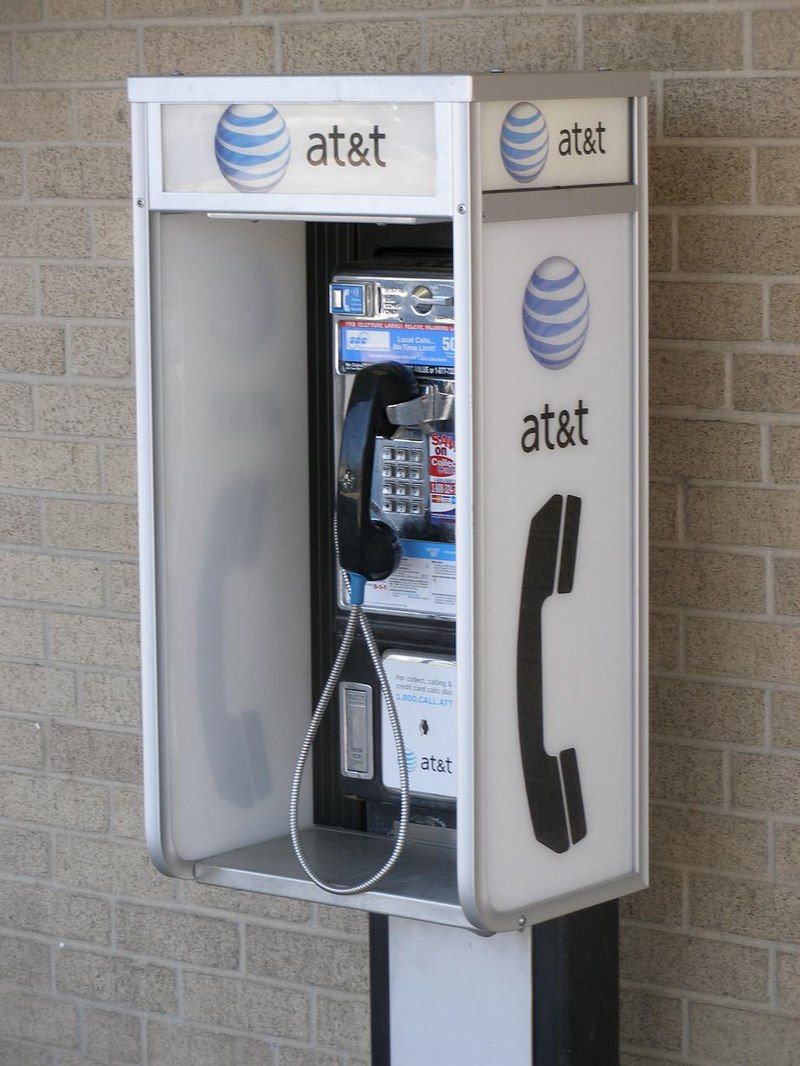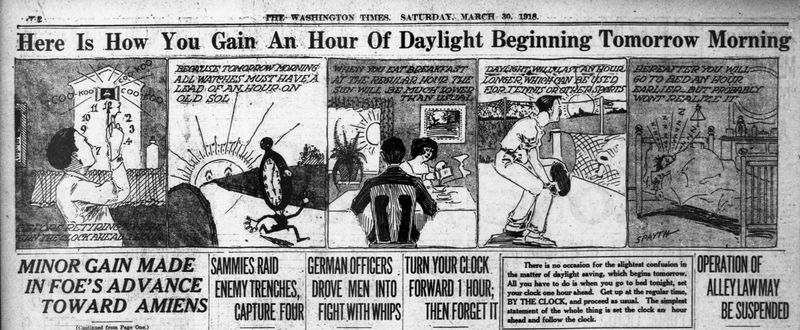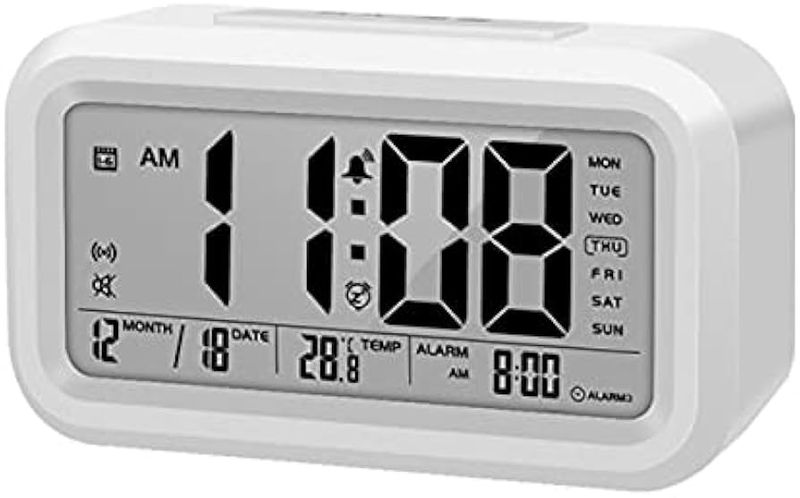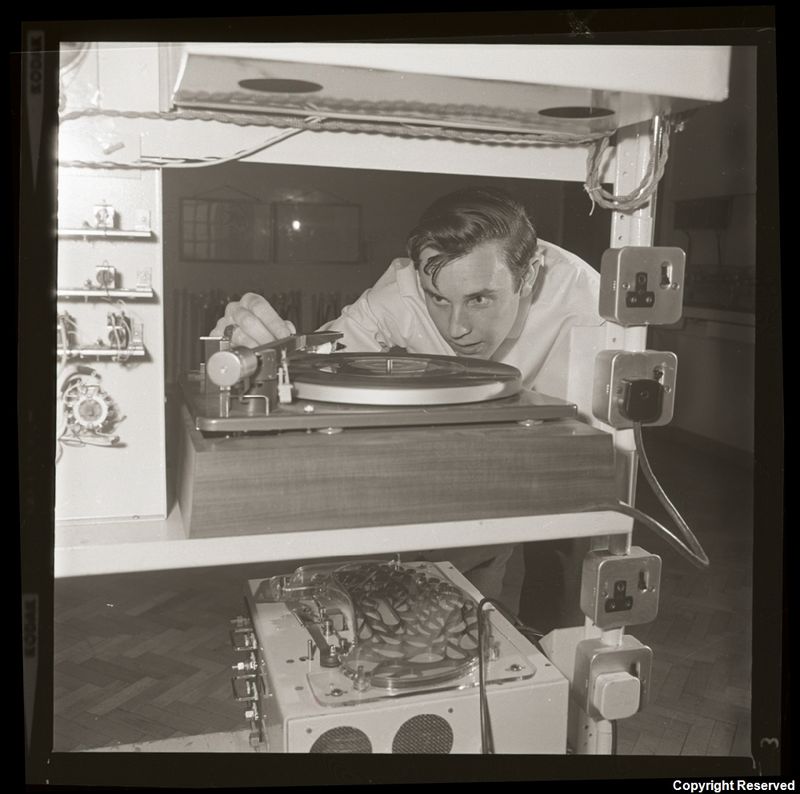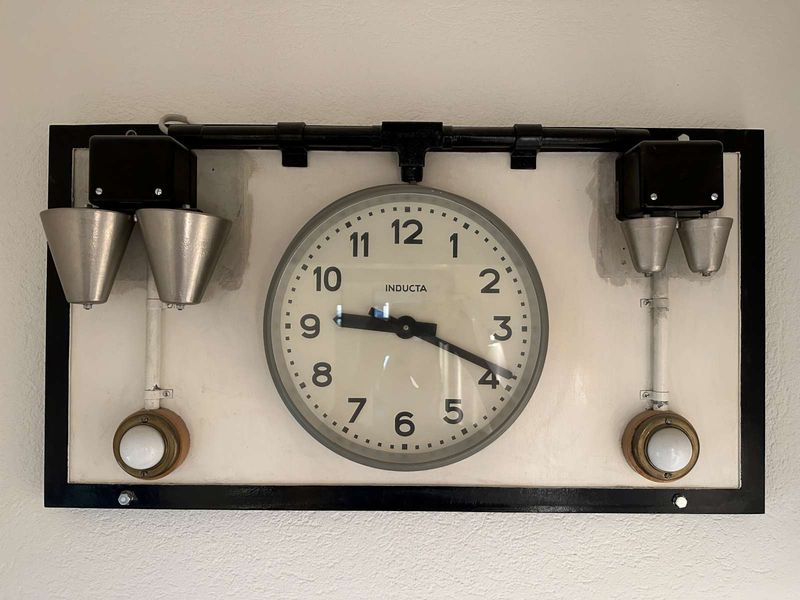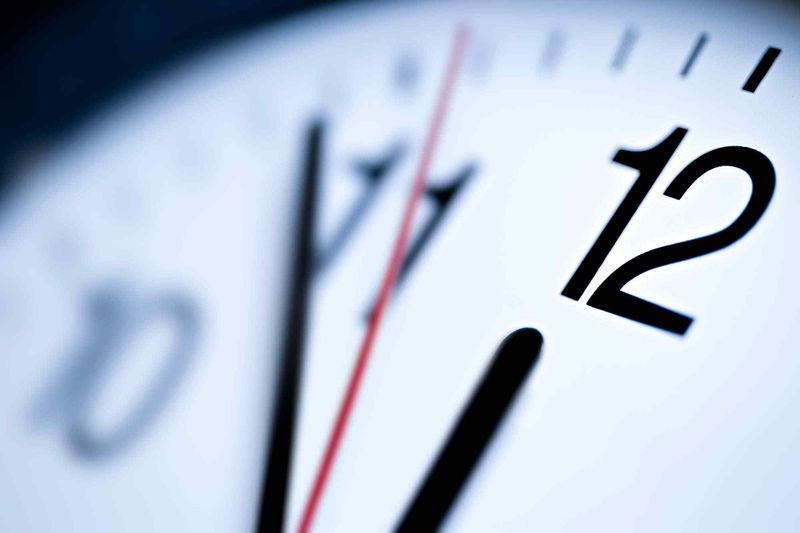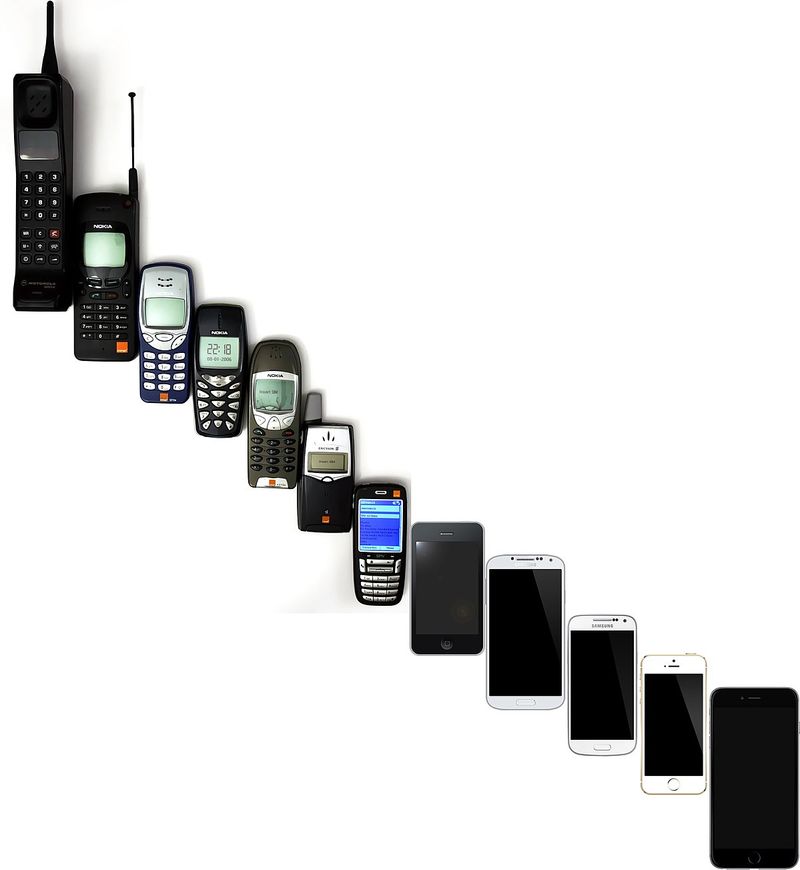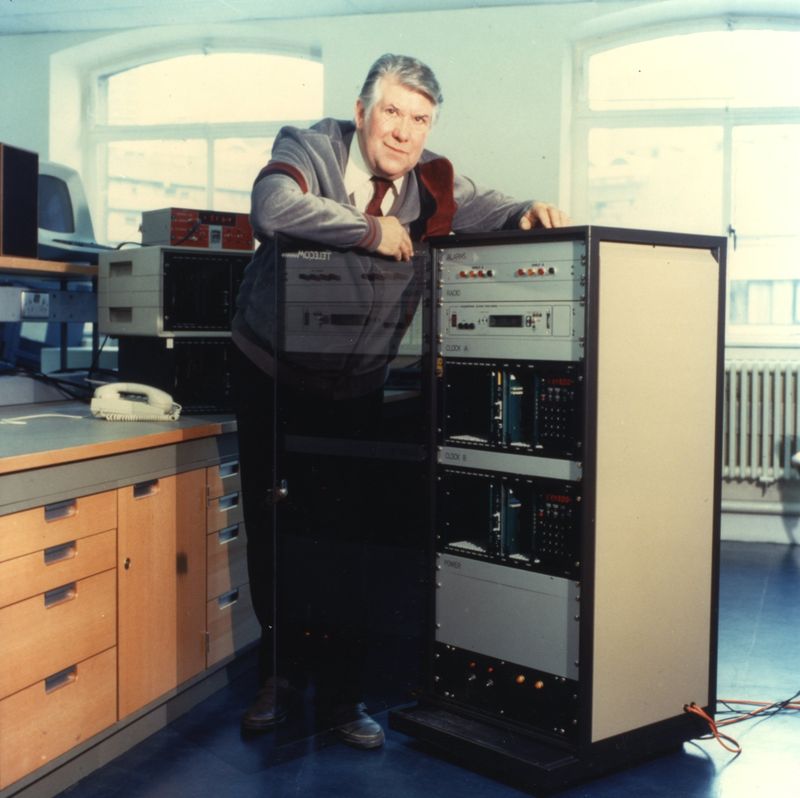Before smartphones and digital clocks, if you needed the exact time, you didn’t look at your watch—you picked up the phone. For decades, Americans dialed a number to hear the official time, delivered by a calm, robotic voice. Here are 17 things to know about the speaking clock service and how it worked.
1. Also Known as “Time of Day” Service
Remember the anticipation as you picked up that chunky rotary phone? Back then, the speaking clock was often called the “Time of Day” service. Just dial the number and hear, “At the tone, the time will be…” It was a staple in many households, where precise timekeeping was a must. These words might seem quaint today, but they were once essential to coordinating daily schedules. Picture a living room from the 1960s, where this simple service connected families with time itself. It’s a nostalgic reminder of a bygone era where even time had an operator.
2. Dialed a Simple Number
In the days before digital convenience, dialing the speaking clock was as easy as pressing a few buttons—or spinning a rotary dial. Numbers like 117 or 853-1212 were your gateway to knowing the exact time. It was a comforting routine; one that required no more than a simple number committed to memory. Each city had its own unique code, adding a touch of local flavor to this national service. Whether you were planning your day or just curious, these numbers were a trusted companion in every household.
3. Used a Pre-Recorded Voice
The magic of the speaking clock lay in its seamless technology. A pre-recorded voice announced the time, crafted by voice actors who recorded every number, minute, and phrase. This system assembled the recordings automatically, creating a fluid and precise audio experience. It may sound simple today, but it was a technological marvel in its time. Imagine stepping into a recording studio, seeing the microphones and tapes turning voices into time. These voices became part of the day-to-day soundtrack of life, familiar and reassuring as they guided us through each hour.
4. Offered by the Phone Company
Major phone companies like AT&T and Bell System ran the speaking clock service nationwide. This wasn’t just a quirky feature; it was a serious service provided by titans of communication. These companies made sure everyone, from bustling cities to quiet towns, had access to the exact time. Imagine a world where your phone provider was also your gateway to timekeeping precision. It was a mark of reliability, a promise that no matter where you were, the time was just a phone call away. This service was woven into the fabric of everyday life.
5. The Most Famous Voice Was Jane Barbe
Jane Barbe, affectionately known as “the Time Lady,” became a household name through her work with the speaking clock. Her smooth, authoritative voice was heard in millions of homes, delivering the time with unwavering precision. Often described as the most recognized voice in America, Jane’s talent was in making time feel personable. She was more than just a voice; she was a part of the family routine. Imagine hearing her gentle tones as you set your alarm or planned your day. Jane’s contribution to the speaking clock made her a beloved figure in voice acting history.
6. Mechanical Beginnings
Long before digital systems, the speaking clock began with mechanical ingenuity. In the 1930s, early models used rotating drums, analog clocks, and phonograph technology to tell the time. Engineers crafted these complex machines with gears and discs, ingeniously piecing together the correct time announcements. Visualize a workspace filled with the hum of machinery, where time was not just spoken but built. These mechanical wonders were an engineering feat, paving the way for the more advanced systems to come. They remind us of a time when invention was hands-on and innovation was mechanical.
7. Technological Marvel
The speaking clock was a marvel of its era, utilizing tapes and magnetic drums to create seamless playback. Engineers designed these systems to stitch together pre-recorded segments, achieving a flawless and continuous announcement. Imagine the precision and care involved in crafting such a system, where tapes whirred and drums spun to keep the world on time. It was a testament to human ingenuity, transforming simple recordings into a vital tool. This technological innovation not only kept families punctual but demonstrated the potential of early audio technology, setting the stage for future advancements.
8. Helped Regulate Schedules
For many, the speaking clock was more than a novelty; it was a lifeline. People used it to synchronize their clocks, ensuring punctuality in daily routines. Whether you were timing dinner, setting a watch, or preparing for work, this service was indispensable. Picture a household in the 1950s, where family members gathered around the phone, adjusting clocks and watches with precision. The speaking clock was an invisible hand guiding everyone through the day, a simple yet effective way to manage time in an analog world. Its role in daily life was both practical and profound.
9. Free or Just a Few Cents
Accessing the speaking clock was often free, but in some areas, it cost just a few cents. This small fee ensured you always had accurate time at your fingertips. Imagine dropping a coin into a phone booth or dialing from a home phone, knowing that clarity was just moments away. This minimal cost for timekeeping was a bargain, providing a sense of certainty in an ever-changing world. Whether free or inexpensive, the speaking clock was an accessible service for all, making punctuality affordable and widespread. It was a small investment for peace of mind.
10. Adaptation for Daylight Saving Time
The speaking clock wasn’t static; it adapted with the seasons. During Daylight Saving Time, the system was updated—sometimes manually, other times remotely—to reflect the time change. This flexibility was crucial for maintaining accuracy and ensuring schedules ran smoothly. Picture an engineer tweaking the settings, ensuring that everyone stays on track as the days grow longer or shorter. This adaptability showcased the speaking clock’s capability to evolve with time, a reminder of the careful management that once went into keeping everyone synchronized. It was an essential adaptation for a changing world.
11. City Variations
Each city put its unique spin on the speaking clock, offering different voices and scripting styles. This regional flair made the service feel personalized and distinctive, providing a local touch to a nationwide system. Imagine dialing in from New York, Los Angeles, or Chicago, and hearing a voice that felt like home. These variations enriched the experience, adding a layer of familiarity and comfort. Though the time was the same, the way it was delivered could change, offering a delightful variety to those who traveled or moved. It celebrated diversity within the uniformity of time.
12. Included Temperature (Sometimes)
In some areas, the speaking clock provided more than just the time—it also included the temperature. This bonus feature was a helpful addition, giving callers an all-in-one service. Imagine checking both the time and weather in one quick call, a convenience we take for granted today. For those planning their day, knowing the temperature was as essential as knowing the hour. This multifunctional approach showcased the versatility of the speaking clock, making it an even more valuable resource. It was a precursor to the comprehensive information services we now expect in the digital age.
13. Music Between Announcements
In some cities, the speaking clock was more than just functional—it was entertaining. Instrumental music played between time announcements, adding a touch of art to the utility. Imagine dialing in and being serenaded by a gentle melody, setting the tone for the day. This musical interlude gave the service a unique charm, transforming it from a simple time-teller to a mini-radio experience. It was a creative way to engage listeners, turning a routine call into a pleasant auditory journey. The blend of time and tunes offered a memorable experience, highlighting the service’s innovative spirit.
14. Utility Beyond Entertainment
The speaking clock wasn’t just a household convenience; it was an essential tool for precision in professional environments. Banks, schools, factories, and broadcasters relied on it for synchronization, ensuring operations ran like clockwork. Imagine a factory floor where every worker’s watch is set by the speaking clock, a synchronized symphony of productivity. This utility extended the service beyond entertainment, embedding it into the core of daily operations. It was a linchpin in maintaining order and efficiency, demonstrating its impact on both personal and professional time management. The speaking clock’s influence was profound and far-reaching.
15. 24/7 Availability
One of the speaking clock’s most appealing features was its 24/7 availability. No matter the time of day or night, you could dial in and get the exact time. This constant accessibility made it a reliable companion around the clock. Picture a late-night call, the darkness around you, and the reassuring voice on the line, guiding you through the hours. Whether you were an early riser or a night owl, the speaking clock was there, ready to assist. This round-the-clock service was a testament to its commitment to convenience and accuracy.
16. Decline with Caller ID and Cell Phones
As technology evolved, the speaking clock faced a decline. The rise of caller ID and cell phones, equipped with digital clocks, rendered the service less essential. These advancements offered instant access to time, making the once-beloved service obsolete. Picture the transition from rotary phones to sleek cell phones, where time was always visible. The convenience of new technology overshadowed the speaking clock, leading to its gradual disappearance. While it may have faded, the speaking clock remains a nostalgic memory of a time when precision required a phone call, marking the end of an era.
17. Still Available in Some Places
Despite the decline, some speaking clock numbers still work today, offering a charming echo of the past. In select areas, you can dial in and hear the time, just as you did years ago. This enduring presence is a testament to its lasting appeal, a comforting nod to simpler times. Imagine dialing a number and being transported back to a different era, where time was an event you called in for. The speaking clock, though mostly retired, still whispers its tale in corners of the world, preserving a quaint piece of history that continues to tick on.
